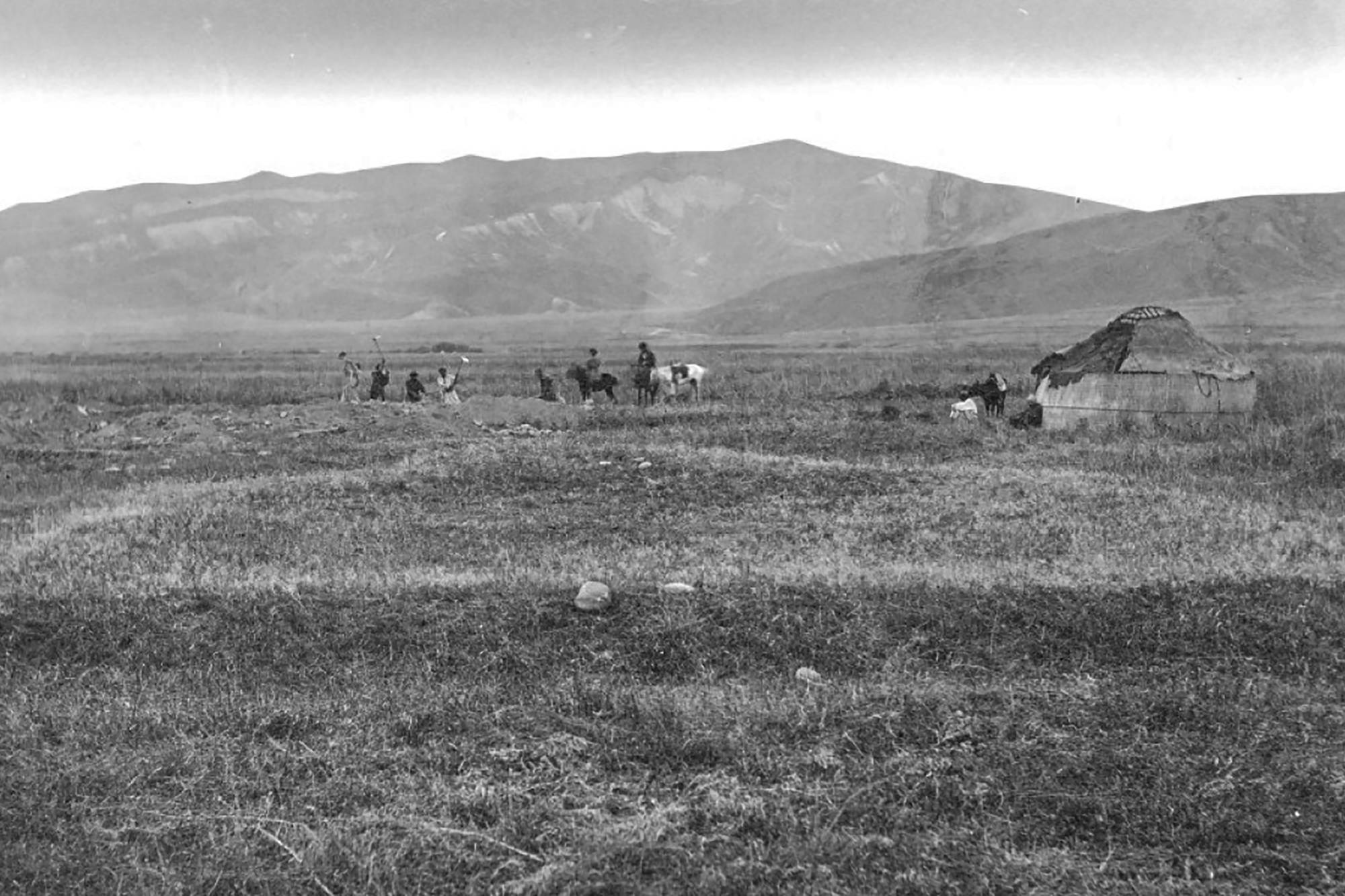Where and when did the Black Death originate? The question has been asked for centuries.
Now, a group of researchers reports it has found the answer in the pulp of teeth from people buried in the 14th century.
Based on their analysis, the researchers report that the Black Death arrived in 1338 or 1339 near Issyk-Kul, a lake in a mountainous area just west of China in what is now Kyrgyzstan. The plague first infected people in a nearby settlement of traders eight years before it devastated Eurasia, killing 60% of the population.
















With your current subscription plan you can comment on stories. However, before writing your first comment, please create a display name in the Profile section of your subscriber account page.